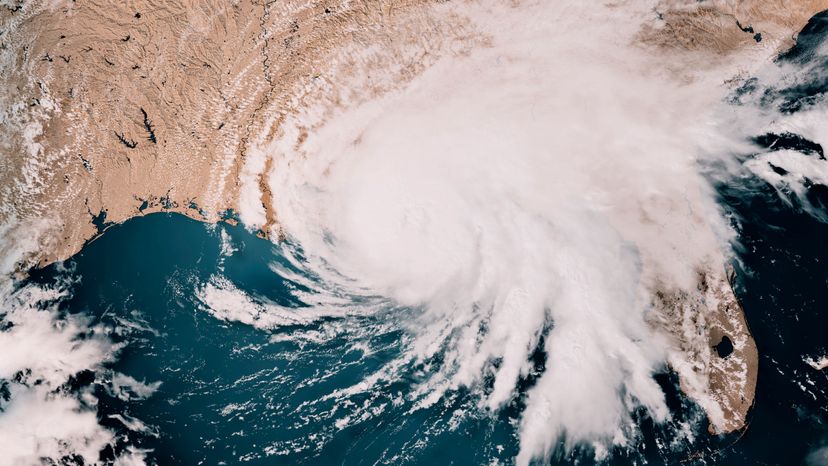When it comes to Category 1 hurricanes, one might wonder about the wind speeds involved, the typical damage they inflict, and some examples of past storms in this category. Dangerous winds, power outages, and downed trees are common in these storms, but how do they compare to more powerful tropical cyclones?
Let’s take a closer look at the basics of a Category 1 hurricane.
Wind speeds and classification
Category 1 hurricanes have sustained wind speeds ranging from 74 to 95 miles per hour. Although these winds are considered dangerous, they are significantly less powerful than those of higher-category hurricanes. For instance, Category 2 hurricanes have wind speeds between 96-110 mph, while Category 3 hurricanes, classified as “major” hurricanes, feature wind speeds of 111-129 mph.
As the extremely dangerous winds speed increases, so does the potential for extensive damage and life-threatening conditions caused by very dangerous winds.
Typical damage caused
Despite being the lowest category on the Saffir-Simpson scale, Category 1 hurricanes can still cause notable damage, especially to roofs, trees, and power lines. Many shallowly rooted trees may become fallen trees, blocking roads, and power outages can last for several days due to power poles downed.
However, Category 1 hurricanes generally cause less destruction than higher categories, which can lead to severe damage or even catastrophic impacts on homes, infrastructure, and communities.
Examples of past Category 1 hurricanes
There have been several notable Category 1 hurricanes throughout history, such as Hurricane Danielle, Hurricane Isaias in 2020, and Hurricane Dorian in 2019. While these storms caused significant damage in the areas they affected, they were not as destructive as higher-category hurricanes like Hurricane Andrew, a Category 5 storm that wreaked havoc in Florida in 1992.
Nevertheless, it’s essential to remember that even a Category 1 storm can pose a significant threat and requires adequate preparation and response.
